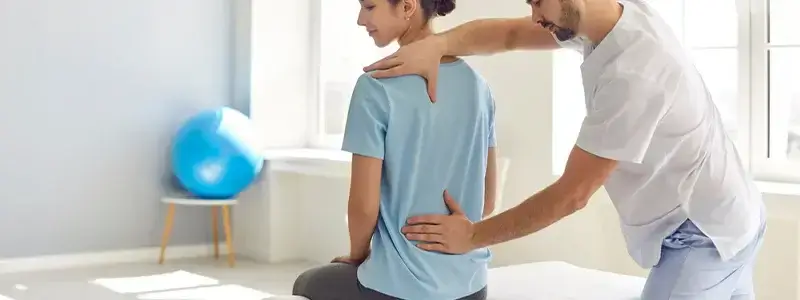It is possible to liken our spine to a strong bridge that largely carries our body weight. Our spine, which lies between our legs and our head, consists of bones called vertebrae. The bones in question have a chance to be attached to each other thanks to the joint, disc or connective tissues. The spinal cord, which is considered the most key element of the central nervous system, is also located in this region. A healthy spine affects our movements and quality of life in a very positive way.
Our spine should be straight when looking from front to back or back to front. When viewed from the side, they have physiological, that is, normal curvatures. The bending of the spine in anteroposterior view is called scoliosis. Adolescent Idiopathic Scoliosis (adolescent scoliosis) is most common. Although the spine is expressed as similar to the letters C or S with this disorder, we do not prefer to use these terms today.
Usually this is noticed by parents. This obvious curvature of the spine to the side begins in adolescence. About 3 out of every 100 adolescents in the world face this problem. The causes of Adolescent Scoliosis cannot be determined concretely most of the time.
In scoliosis, the slope is over 10 degrees. In a healthy spine, the vertebrae extend downward in a straight line at the back. In scoliosis, this straight line begins to deteriorate and the vertebrae begin to shift from right to left over time. Structural scoliosis, which is caused by the rotation of the vertebrae around its own axis, also causes shifts in the rib cage, chest and even the hip region, apart from the spine.
Scoliosis, which causes both posture and a serious visual impairment, creates more serious consequences as age progresses. Although the incidence in girls varies according to age and degree of curvature, it is at least 3-4 times higher than in boys.



















